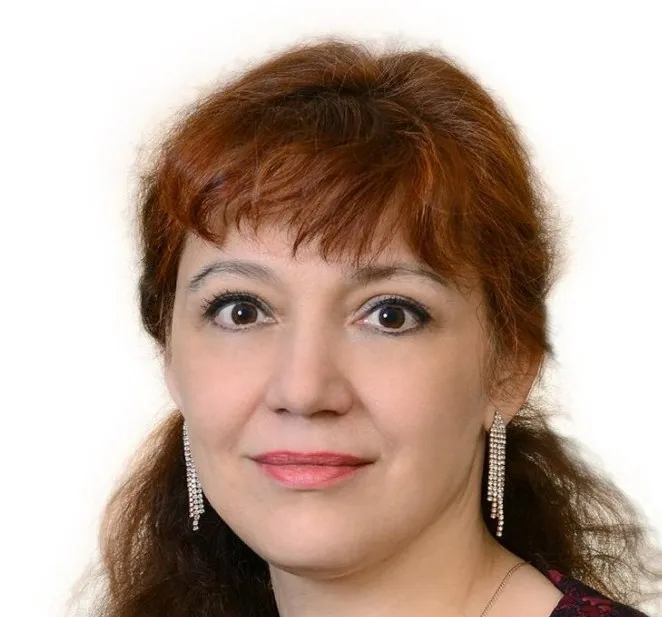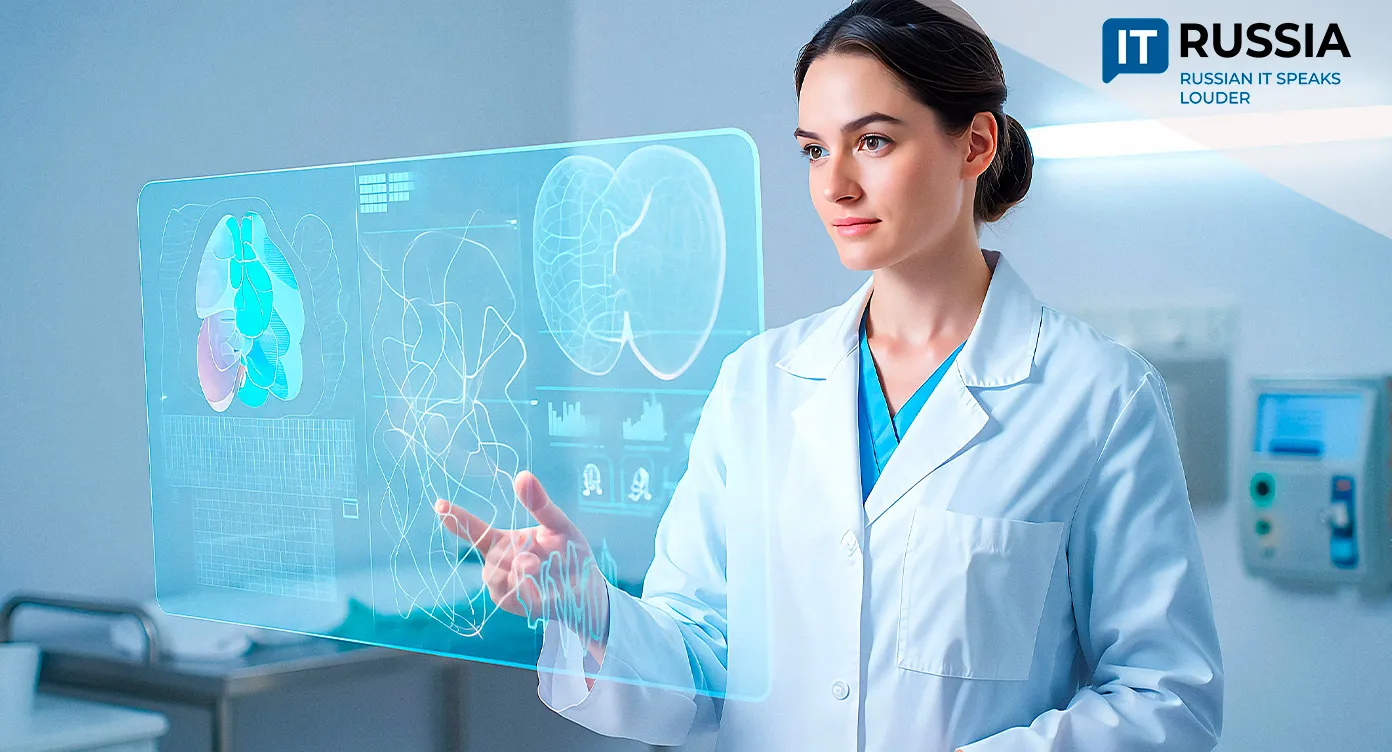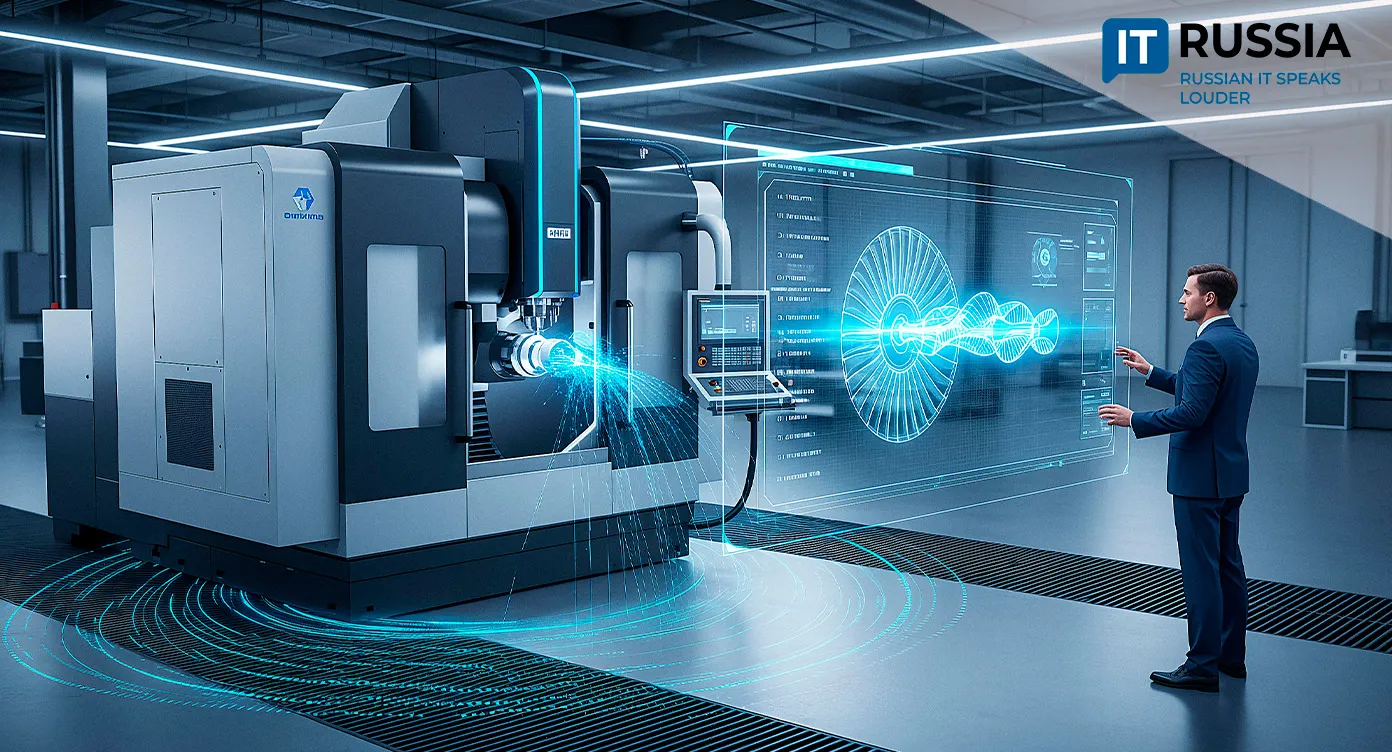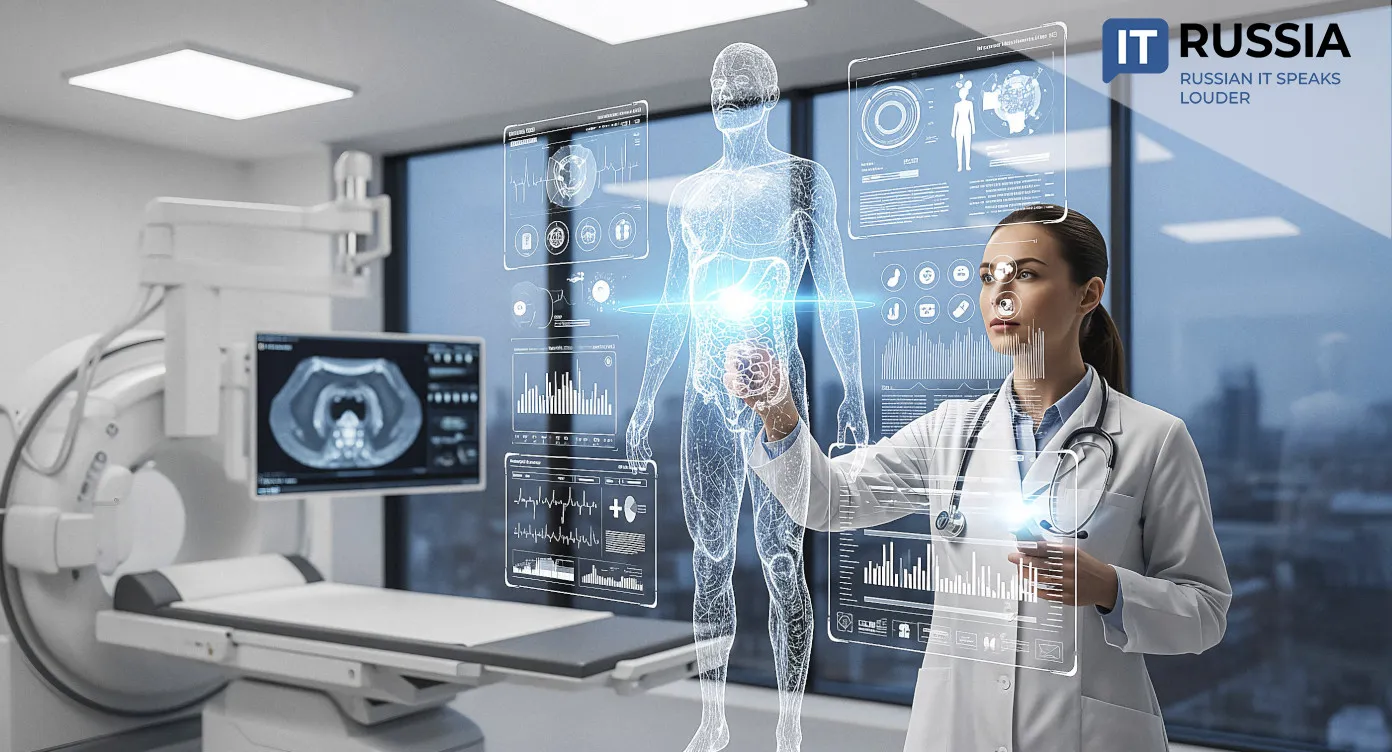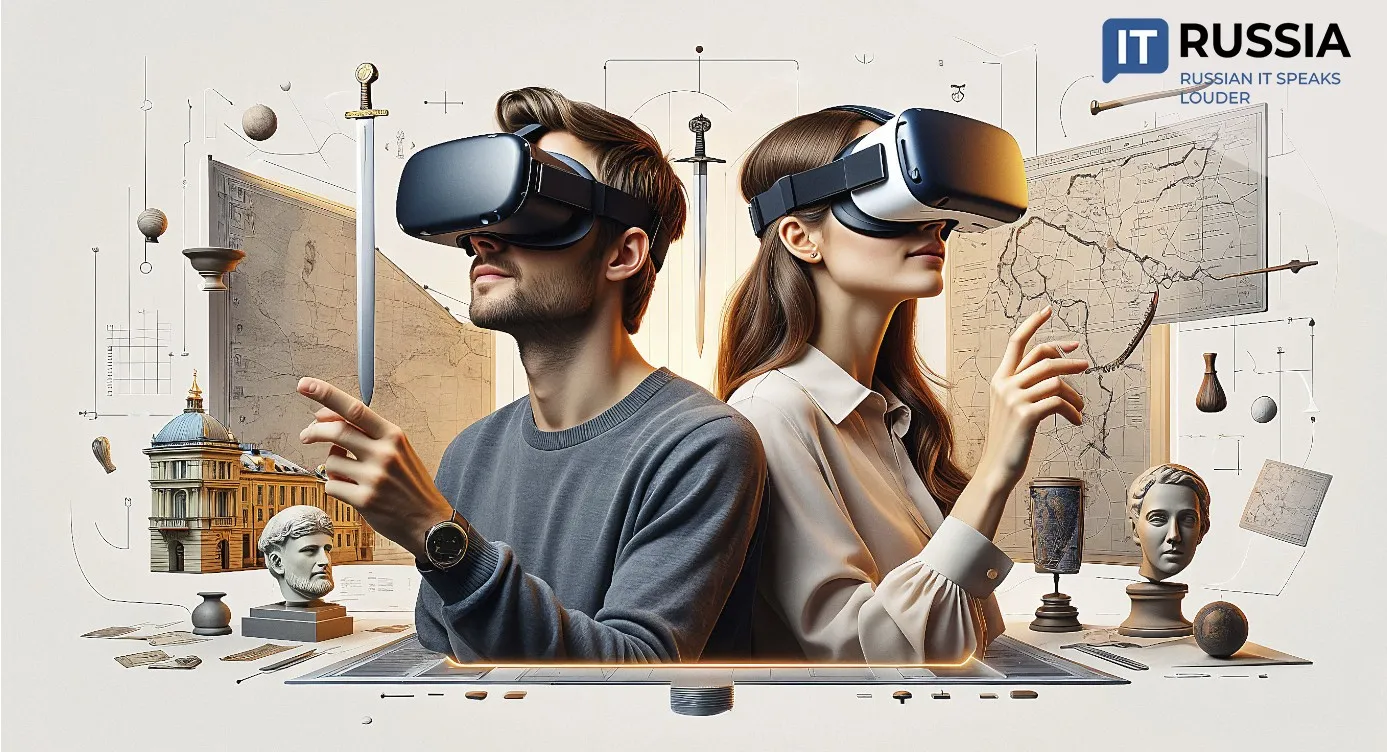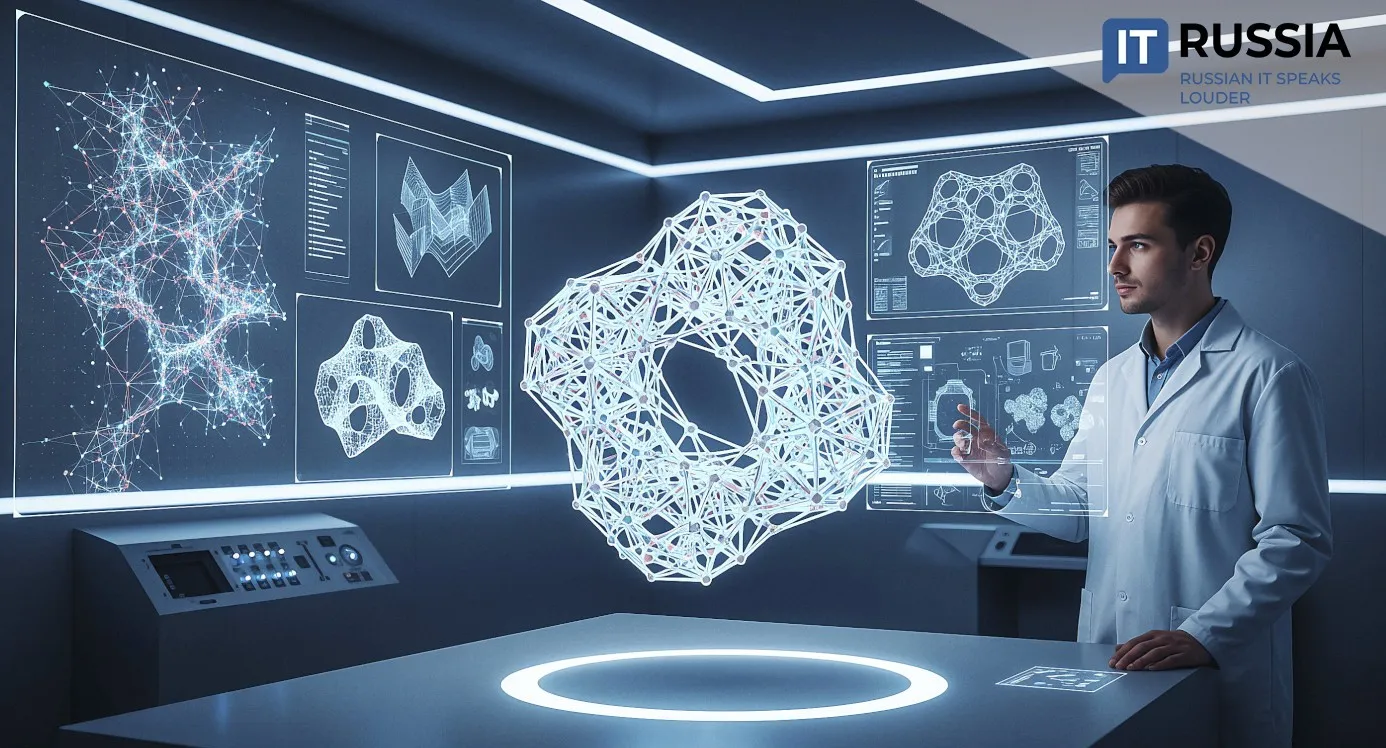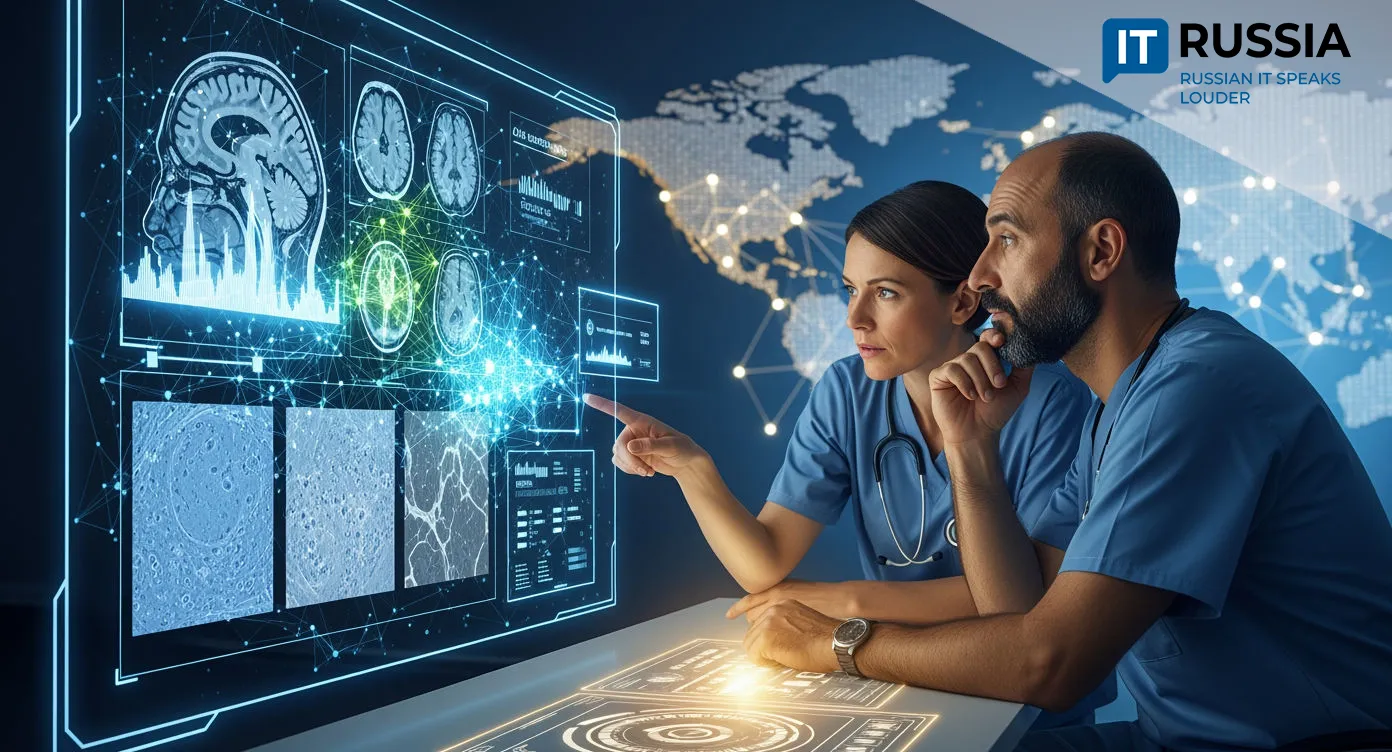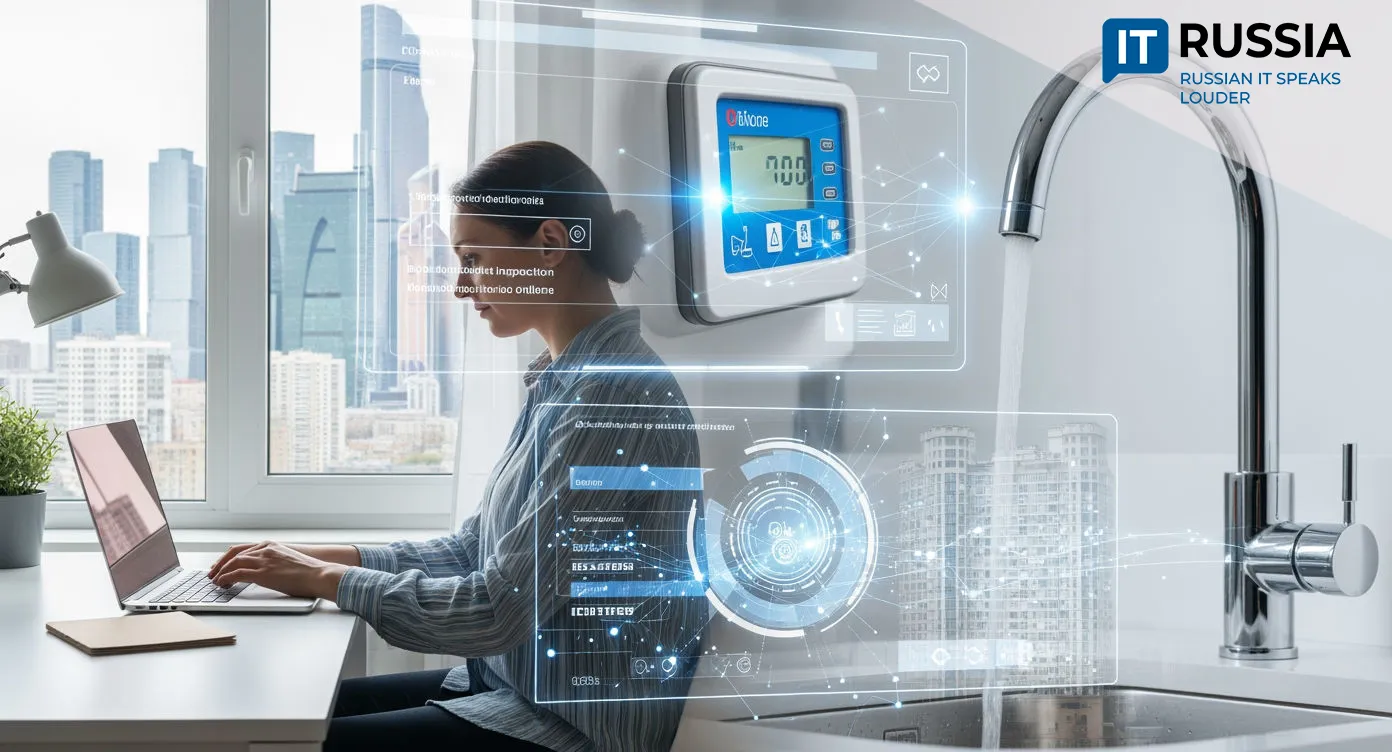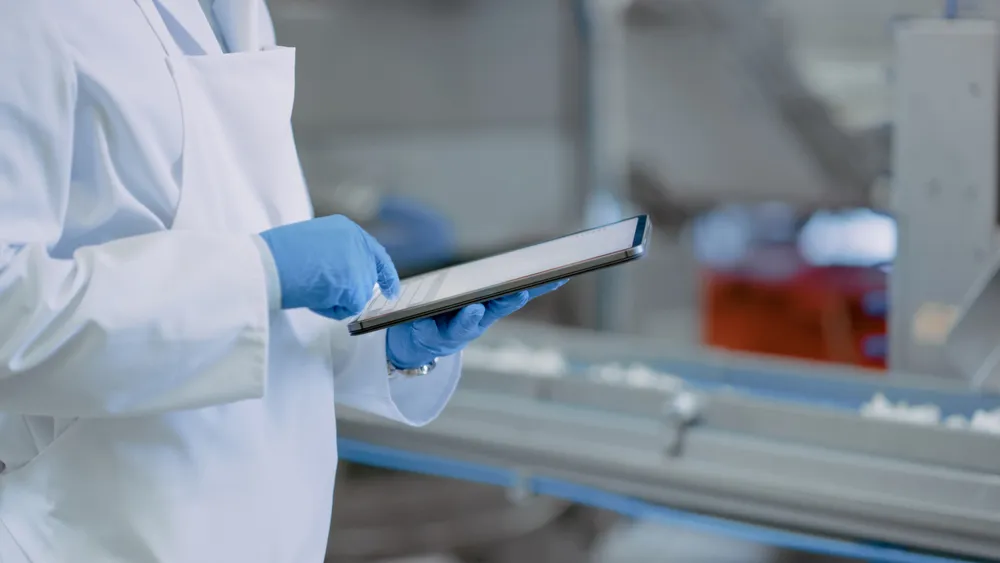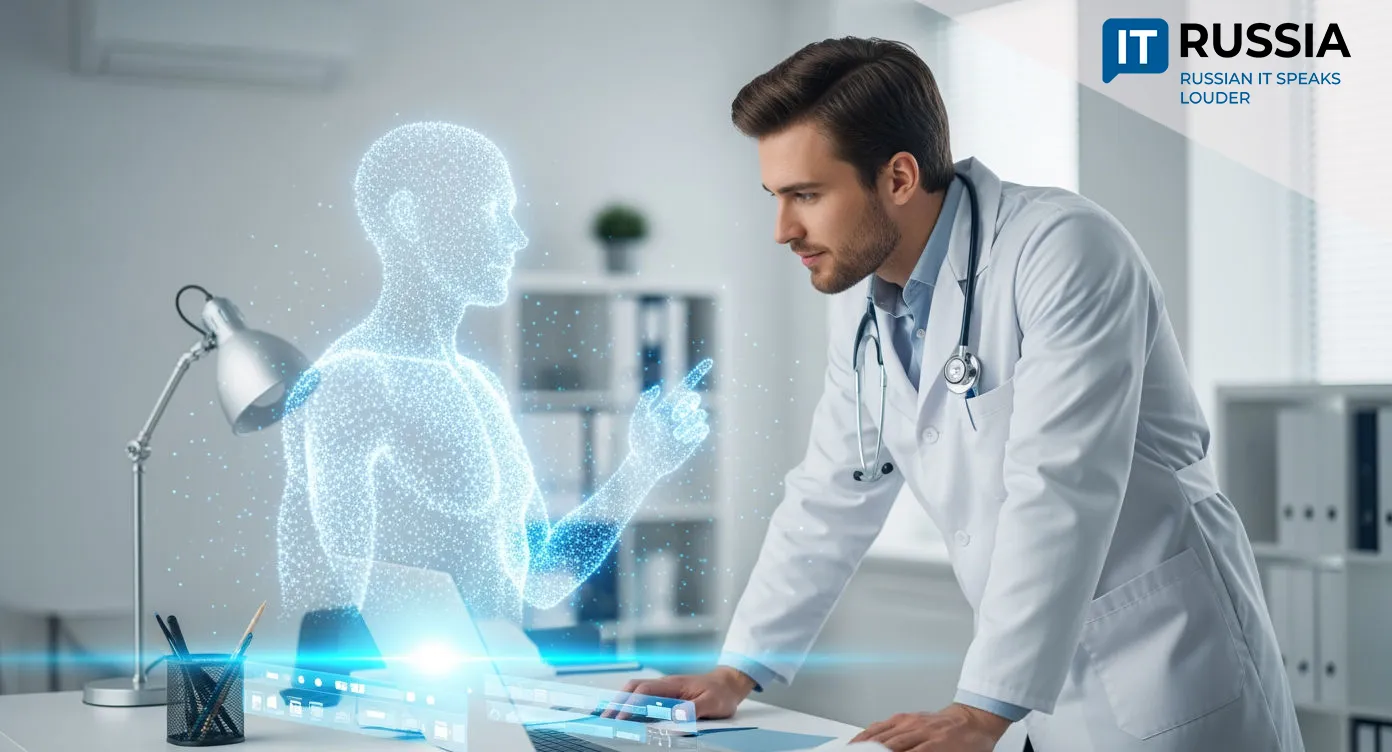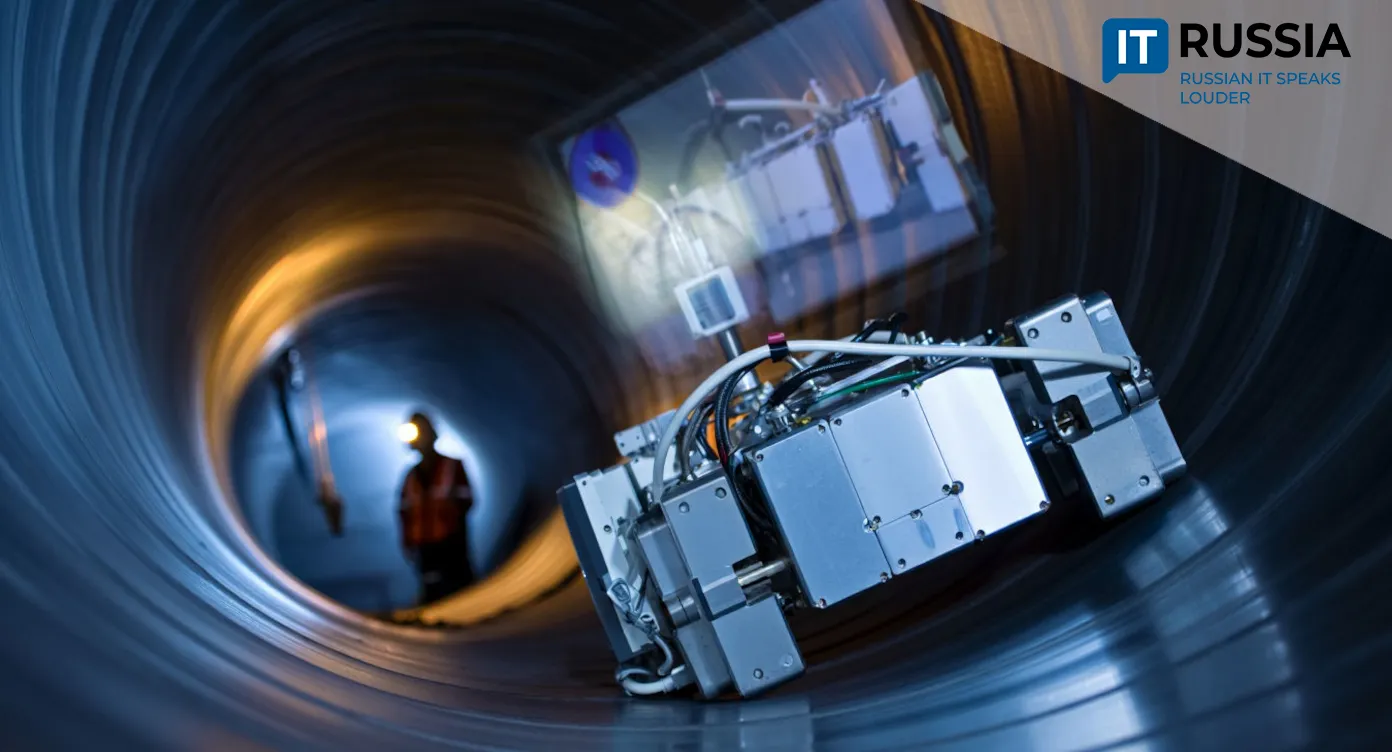Learning from “Pirogov”: Future Doctors in Vologda Train on High-Tech Equipment
Medical students in Vologda are beginning hands-on training with cutting-edge simulators, VR tools, and Russia’s interactive “Pirogov Table.” This 3D anatomy platform not only makes learning safer but also democratizes access to advanced medical education across regions.
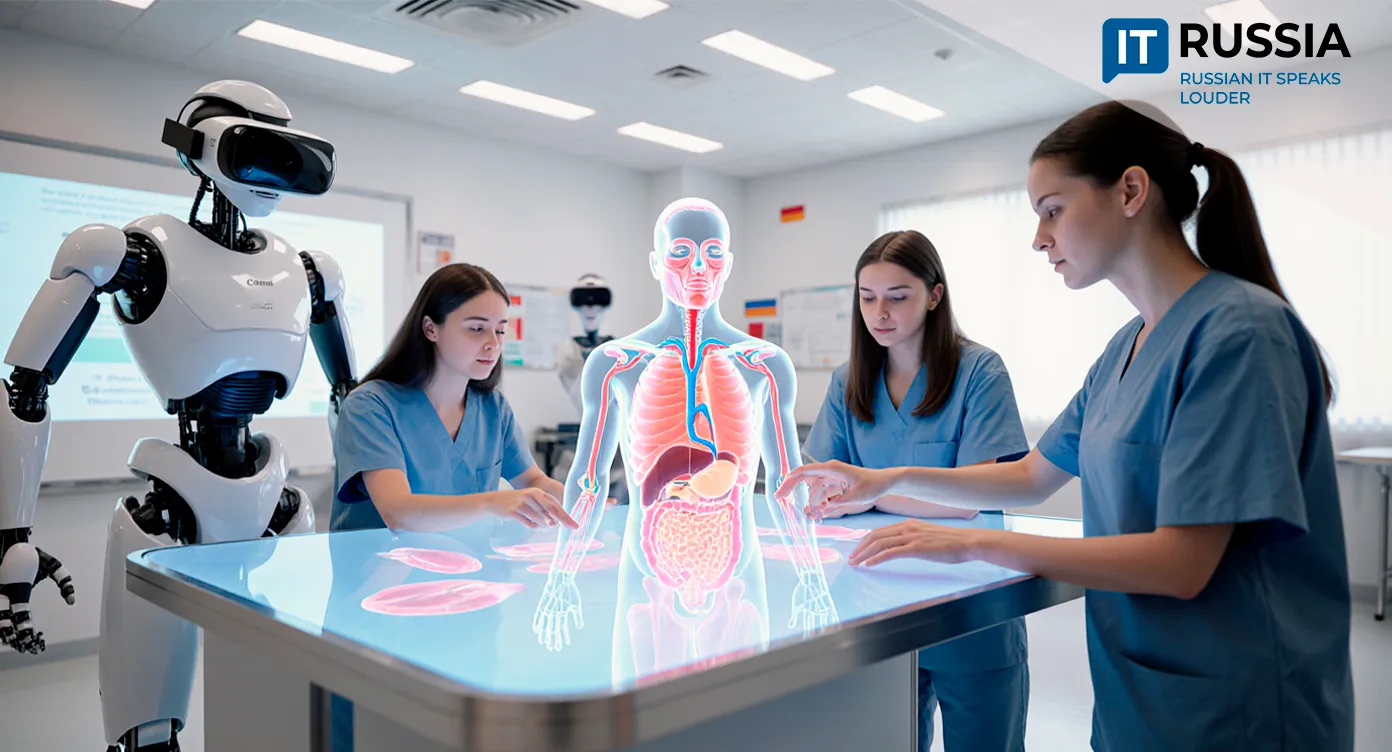
A Procedure for a Mannequin
In September 2025, Vologda witnessed a milestone for Russia’s medical education system. Students of the Yaroslavl State Medical University (YSMU) branch began training in newly upgraded classrooms equipped with the latest tools of medical science: simulation robots, interactive anatomy tables, laparoscopic trainers, and ultrasound systems.
The Vologda branch of YSMU is not the first, but one of the most compelling examples of how advanced technology can strengthen medical training. At the heart of its anatomy lab is the interactive “Pirogov Table,” a Russian-made innovation that lets students explore the human body in 3D. They can “dissect” virtual bodies, rotate organs, zoom in on microscopic structures—all without risk to a patient, but with maximum benefit for mastering anatomy.
Simulation robots provide clinical practice in conditions closely resembling real life. This is especially critical for early training. Students can make mistakes on mannequins, not on patients, receive immediate feedback, and repeat actions until they become second nature.
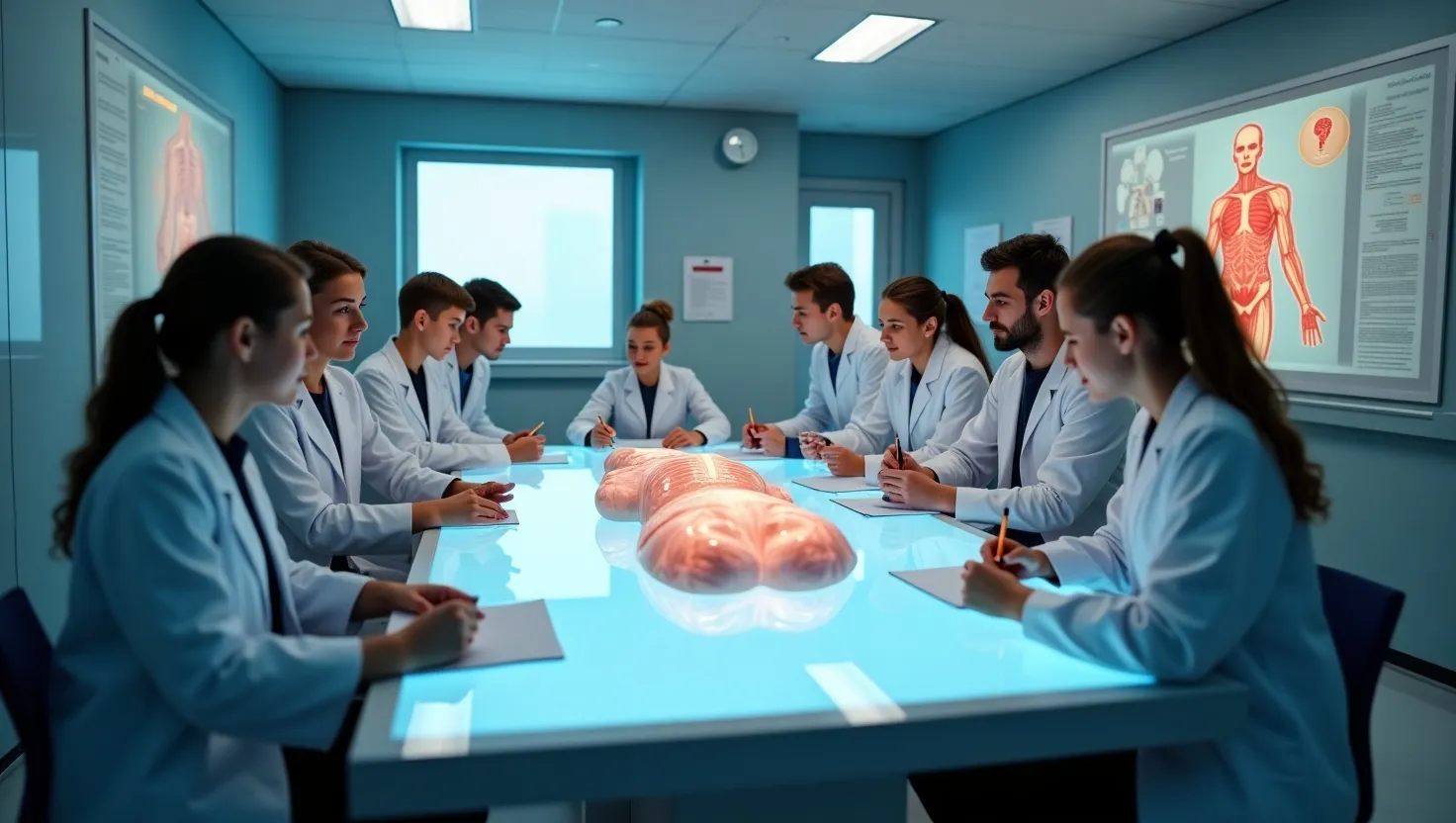
The Digital Scalpel
These technologies don’t just improve professional training—they also build the confidence every doctor needs in practice.
The Vologda initiative is not a one-off investment but part of a nationwide digital transformation led by Russia’s Ministry of Health. In 2024, simulation classrooms with VR-based trainers and skill assessment systems opened in the Chuvashia Institute for Advanced Medical Training and in Khabarovsk Krai. That same year, Moscow’s Sechenov First Medical University developed a VR trainer for pharmacists—another step toward integrating digital tools into medical education.
If in 2023 YSMU’s main campus in Yaroslavl launched a digital competency center, then by 2025 the approach had reached its Vologda branch. This marks an important shift: not only major cities, but also regional hubs are gaining access to advanced technologies. For EdTech, this demonstrates how equitable access can help level the quality of medical training nationwide.
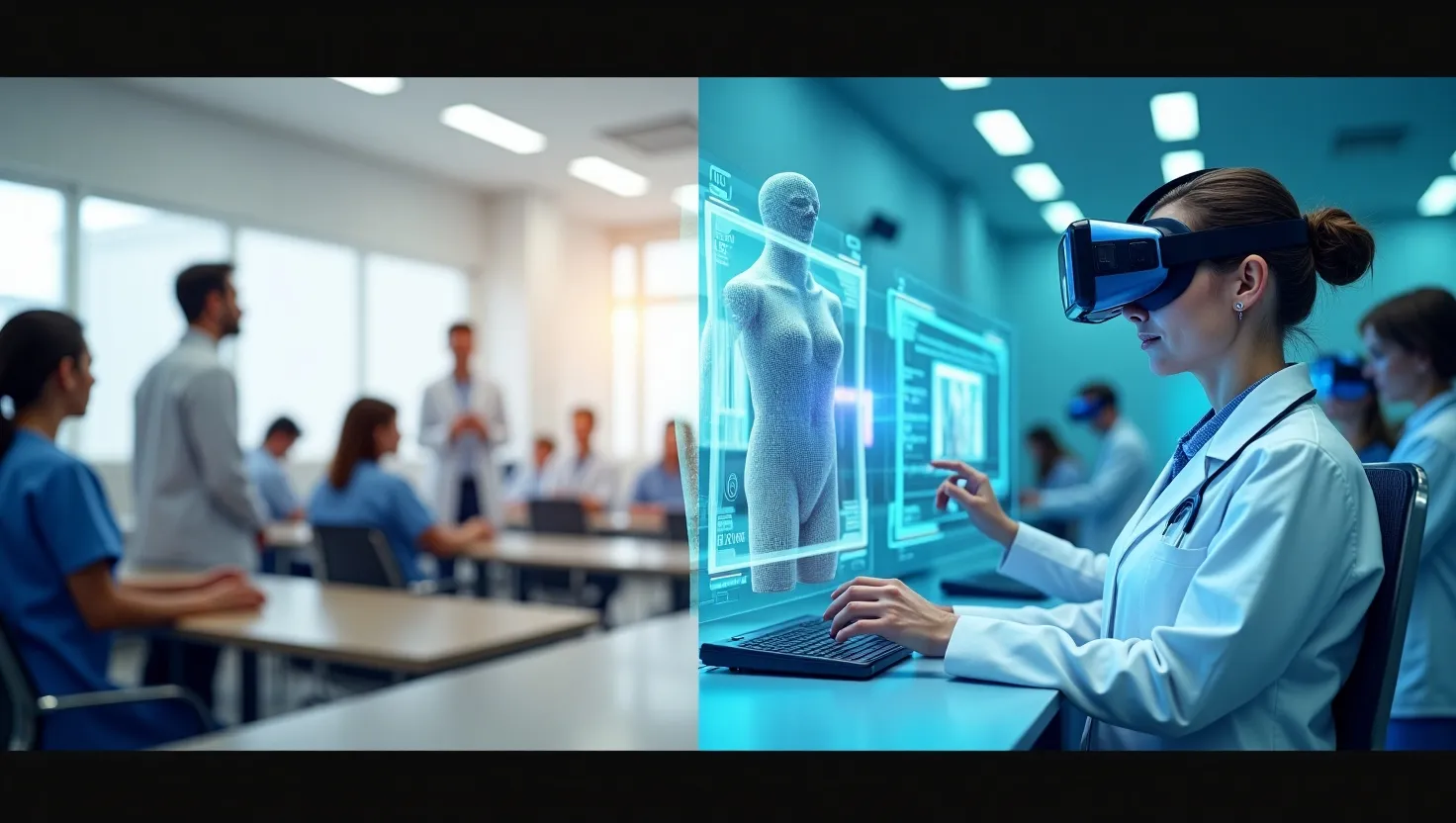
Internal and External Benefits
What does such modernization bring to a region? First of all, more prepared graduates. In the long term, this means shorter adaptation periods for young doctors in clinical practice and greater public trust in regional healthcare.
The YSMU branch also secured institutional stability: it is officially registered, accredited, and enrolling students. This reduces the risk of the project becoming short-lived.
Another key point is that much of the equipment is made in Russia. The “Pirogov Table” developed by ROSOMED, along with locally produced VR solutions, is helping to build a national ecosystem of digital medical education.
Equally important is the scaling potential: with proper service support and software adaptation, these Russian-made solutions could be deployed not only across the country but also exported to CIS and EAEU nations.
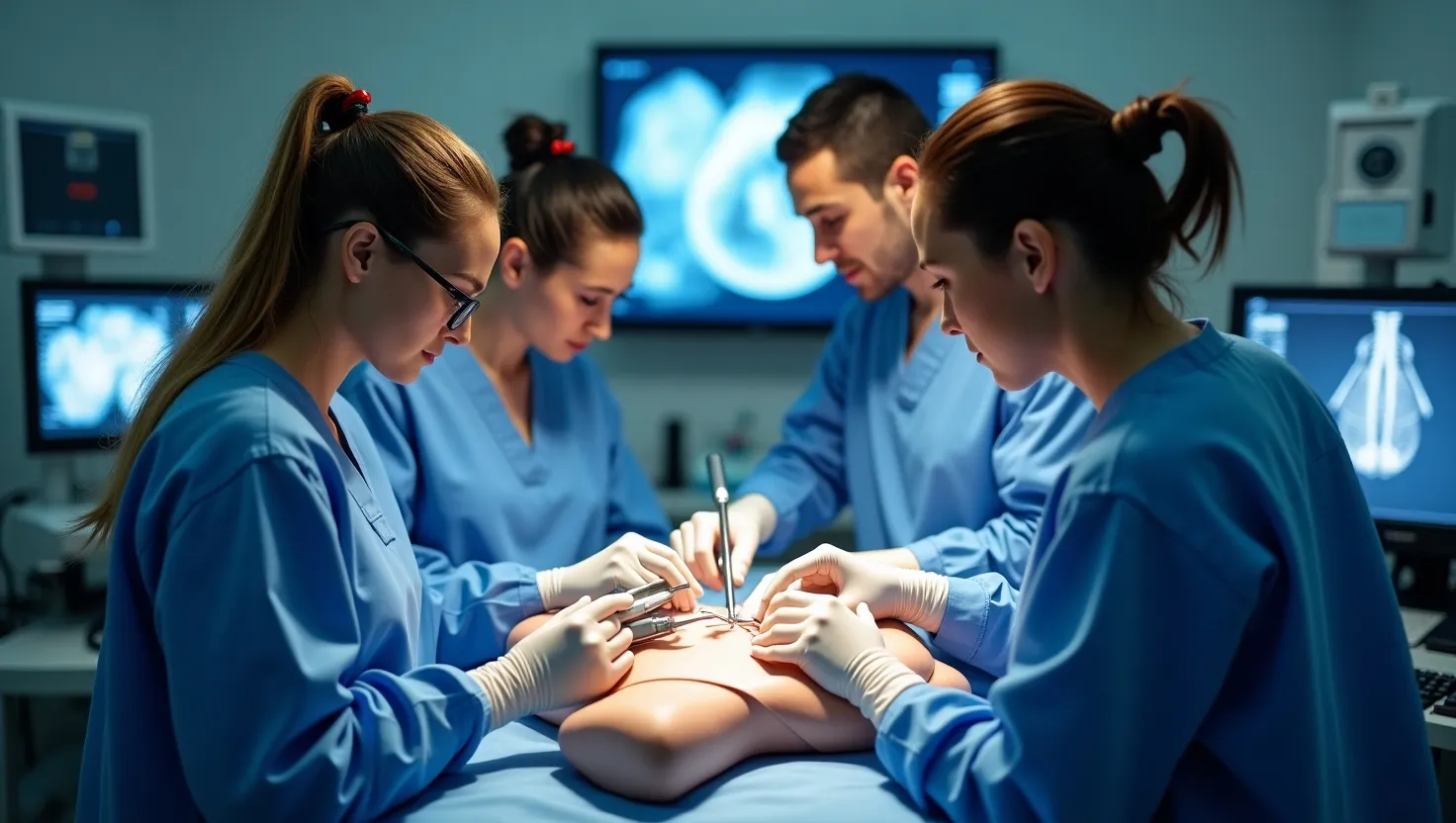
Toward a “Simulation Core”
To succeed, simulation technologies must not become window dressing. They need to be backed by curriculum changes, new competency-based assessment methods, and integration with real clinical practice.
Russia appears to be on the verge of a systemic shift toward a “simulation core” in medical education. Hands-on skills will be practiced not only on patients but also in virtual environments, enhancing safety, precision, and objectivity. VR and AR will become full-fledged training tools, especially in complex fields like surgery, pharmacy, and intensive care.
The Vologda case is a persuasive example of how best practices can be replicated nationwide. With steady backing from federal and regional authorities and ongoing advances in Russian technology, digital medical education could become one of the country’s strongest assets in science and healthcare.


